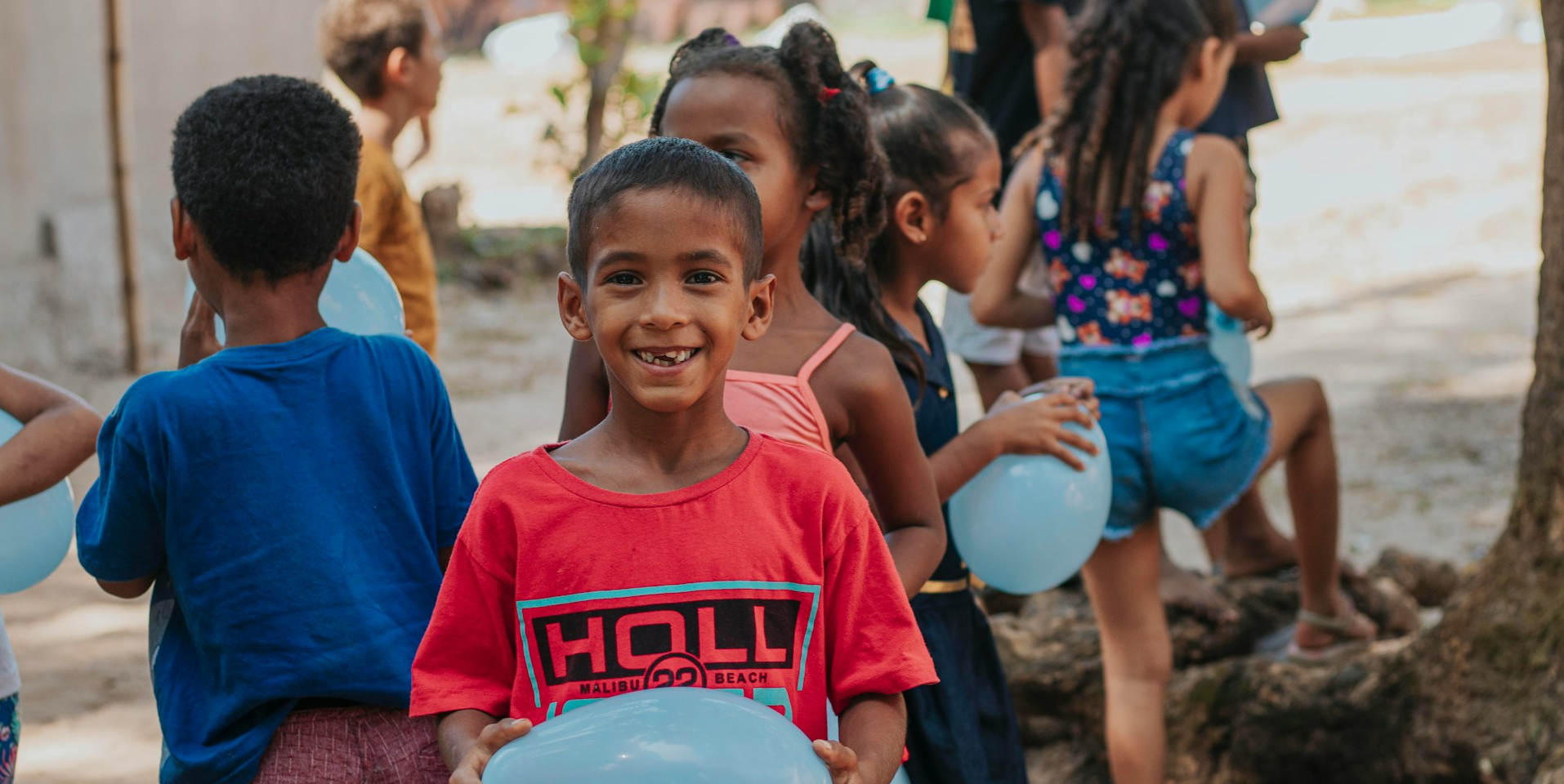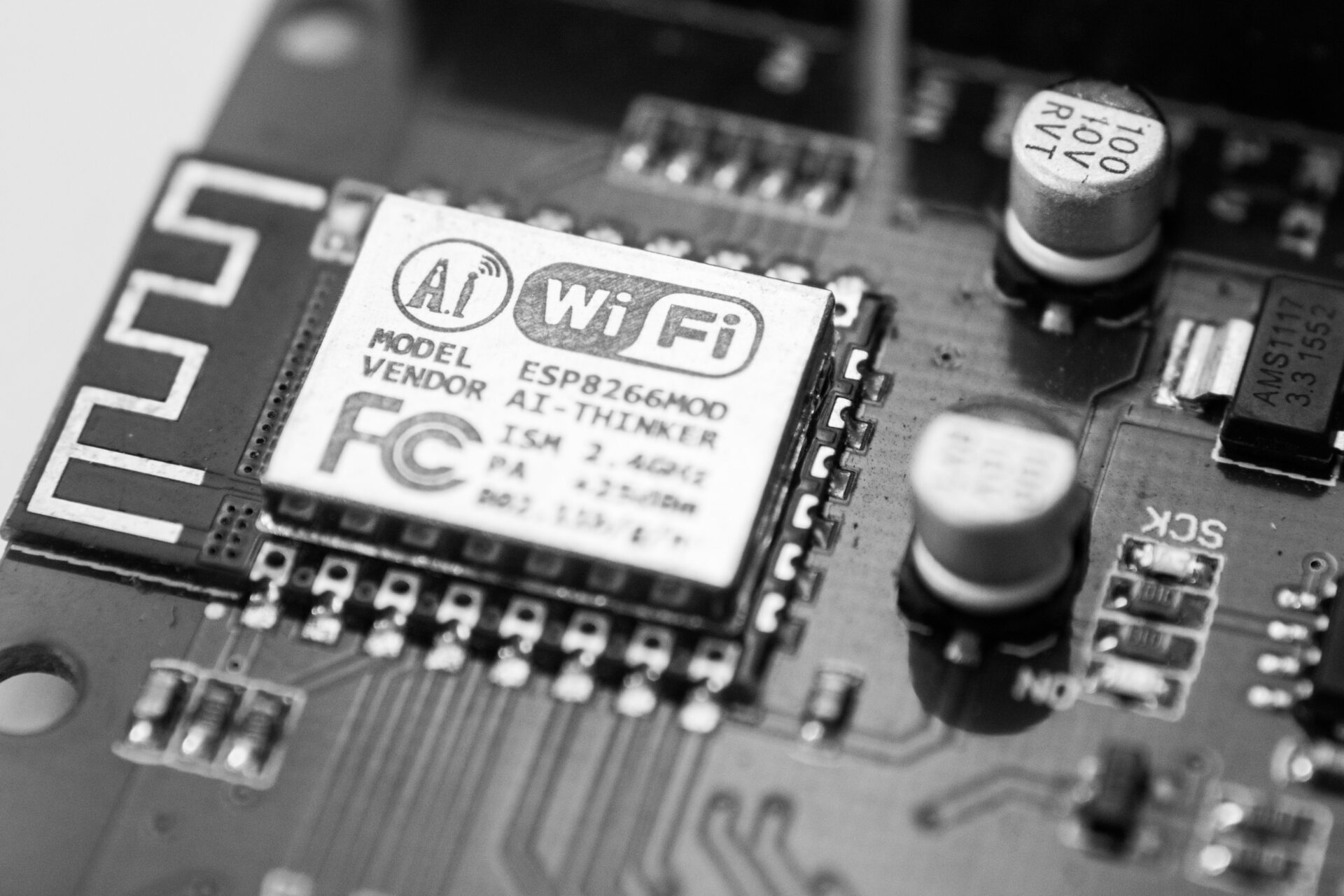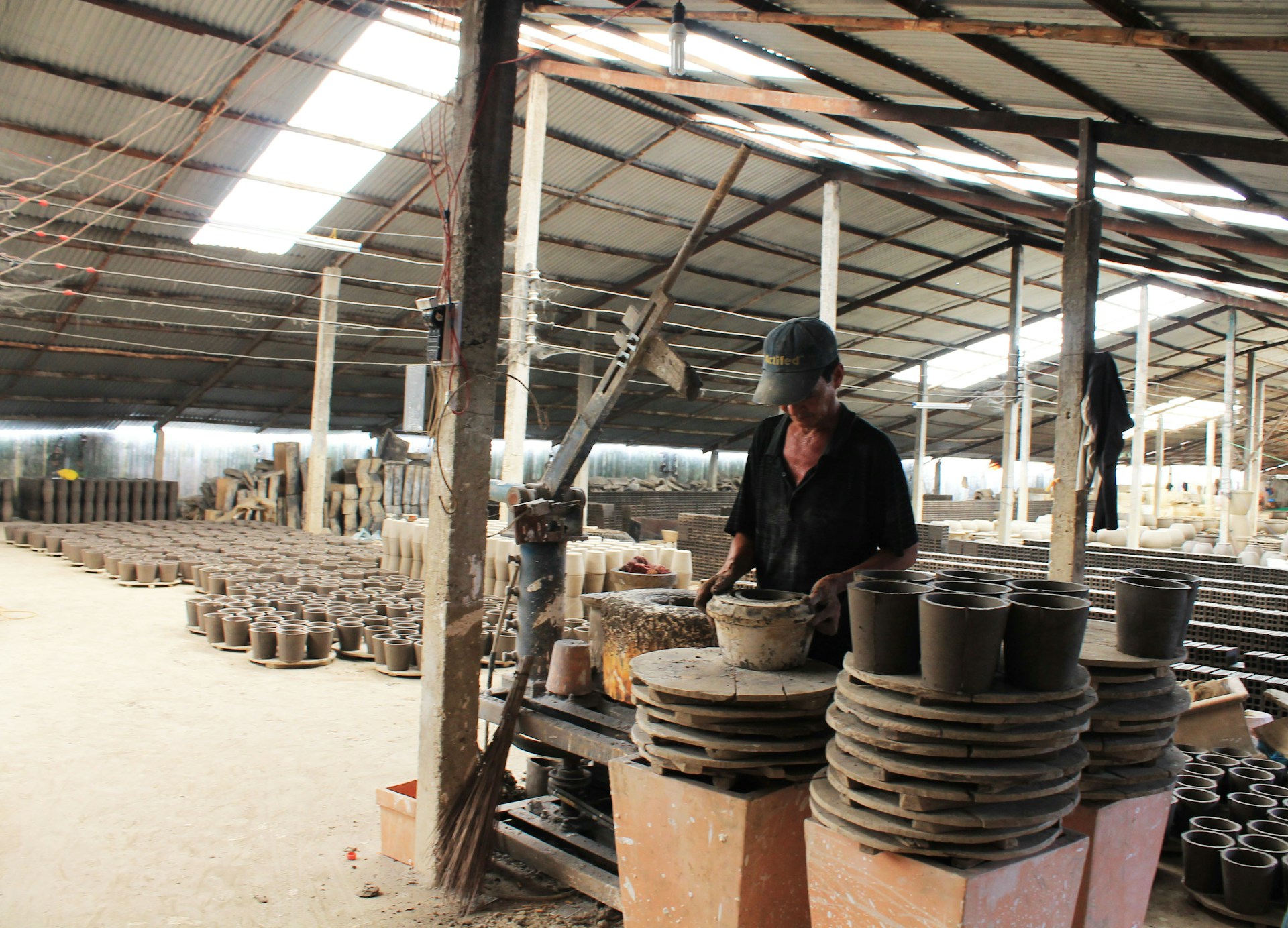Bridging the Poverty Gap
Urbanization has often been seen as a pathway to reducing poverty, as it brings people closer to job opportunities and essential services. However, significant poverty persists in urban areas, highlighting the need for comprehensive strategies to address this issue.
Urbanization can create opportunities for poverty alleviation as people relocate to cities in search of jobs, bringing them closer to their places of work. Proximity to economic centers can increase productivity and improve access to services such as healthcare, transportation and education. However, urbanization is not a panacea for poverty. In many developing and even developed nations, urban centers are often marked by stark inequalities. Informal settlements, poor infrastructure, overcrowded schools, and underfunded public services leave a significant portion of the urban population stuck in cycles of poverty.
More than 796 million people live in impoverished urban areas within high-impact nations, and face significant risks due to inadequate cooling solutions. While they might have some access to electricity, their housing conditions are typically insufficient to shield them from extreme heat. Additionally, their financial constraints often prevent them from affording or operating cooling devices like fans. Although they might possess or have access to refrigerators, inconsistent electricity supply frequently leads to food spoilage, increasing the likelihood of malnutrition and foodborne illnesses.
While urbanization offers access to opportunities, without addressing systemic inequities in education and social welfare, these opportunities remain elusive for many. One key avenue for addressing these challenges is through education – particularly focusing on equipping individuals with the knowledge and skills to become effective innovators. Education can help people develop the skills necessary for higher-wage employment and economic empowerment.
Education a Prerequisite to Development
A well-educated population has greater potential to contribute to economic growth, create wealth, and uplift entire communities out of poverty. For instance, the growth of Singapore is nothing short of a miracle. Singapore focused early on in developing its education system. By allowing increased enrolments and capacity in schools, the government made education both accessible and attractive for families. Meanwhile, the government continued to invest on its students. Since the founding of the country, Singapore has continued to increase its funding on students.
A changed mindset among the families also helped Singapore’s path towards developing its education system. Singaporean families put increased impetus on educating their children from the start.
Governments worldwide must prioritize education in their budgets. This may mean cutting back on non-essential expenditures or reprioritizing funds from other sectors. In addition, international organizations like the World Bank and UNESCO could play a more active role in supporting educational initiatives in low-income countries, offering grants, low-interest loans and aid.
This topic is one among many others in the upcoming Horasis Global Meeting, being held in Brazil for the first time. The meeting is scheduled to take place between 25-26 October 2024 in the city of Vitória, the capital of Espírito Santo, a southeast state of Brazil. The meeting will bring together business and public leaders to help bridge divides between the North and South economies and address global challenges, including inequality, peace and climate change.
Brazil also invests in its education system, as much as 5.5% of its GDP as of 2022. But it is still less when compared to other OECD countries. Brazil’s National Education Plan mandates the country to invest at least 10% of its GDP on education by 2024.
Nevertheless, Brazil is being supported by the World Bank, that has approved funding of US$250 million to support Brazil’s plan in helping students that missed out on their education during the pandemic. The country plans to implement “innovative programs and systems to strengthen education management in primary and lower secondary schools in the North and Northeast region of the country.”
Overcoming Barriers
While the need for adequate funding for education is universal, the issue of access to education is more complex – particularly for women and girls. In many parts of the world, deeply entrenched ideological barriers limit access to education for women.
Altering these ideological barriers requires a multifaceted approach, involving governments and civil organizations raising awareness to educate girls, while policymakers must implement education for all. Changing societal attitudes towards women’s education will not happen overnight, but by enacting supportive policies and raising awareness of the economic benefits of educating women, nations can begin to break away from these old ideological barriers.
Societal attitudes should also change towards failure and a culture of innovation should be fostered. Schools and universities can play a key role in this shift by teaching students that failure is a natural part of the learning and innovation process.
Allocating adequate funds for education, breaking down ideological barriers towards women’s education and fostering a societal culture that embraces failure are all key components of bridging the poverty gap. By addressing these issues head-on, nations can create more equitable and innovative societies that provide opportunities for all.
Photo Caption: Children play in São Luís, Brasil.



